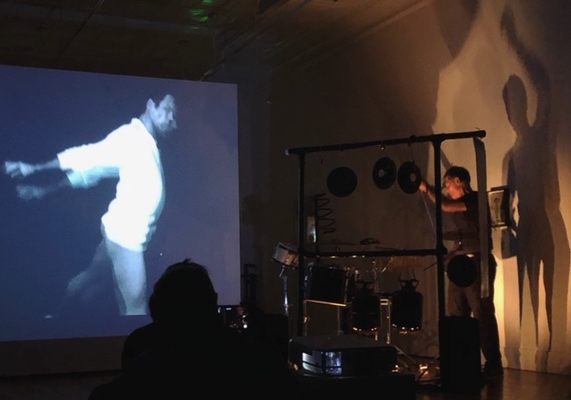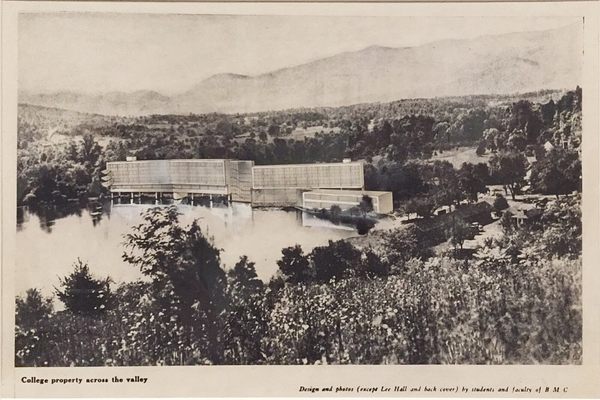About
In its time, Black Mountain College was the place to go for interdisciplinary, creative experimentation. It was home for a time to artists and thinkers such as Buckminster Fuller, Willem and Elaine de Kooning, Robert Rauschenberg, Ruth Asawa, and many others.
It began in a storm of controversy. John Andrew Rice had been dismissed from the college in Florida where he taught after refusing to sign a “loyalty pledge” to the college’s president. He decided to create his own school, where professors and students could make decisions without pesky administrators getting in the way; where learning was self-directed and based on doing; and where the arts were central to everyone’s education, not just aspiring artists. The Great Depression was in full swing, but space was available in the mountains of western North Carolina.
Meanwhile, artists and intellectuals were fleeing Europe. Rising antagonism from the Nazi Party led to the closure of the avant-garde Bauhaus, a school based on similarly utopian principles that had been operating in Germany since 1919. Bauhaus professor Josef Albers didn’t speak a word of English, but he and his wife Anni made their way to this new American campus to teach.
The secluded environment and experimental philosophy of Black Mountain College attracted maverick spirits across all disciplines. Faculty, staff, and students cooperated to sustain the school through the Great Depression and World War II. They operated a farm, built their own buildings as part of architecture classes, and collaborated on artistic endeavors. By consensus, they began racial integration efforts 10 years before Brown vs. Board of Education. The combination of a rural American work ethic and cutting-edge European modernism seemed to work. In 1957, debt forced the school to close, but it has become legendary as an incubator for modern and postmodern poetry, painting, sculpture, craft, music, dance, and interdisciplinary work.
In 1993, arts advocate Mary Holden Thompson opened a museum dedicated to telling the story of Black Mountain College. In 2018, the museum moved into its first permanent location in downtown Asheville. Black Mountain College Museum + Arts Center is a 6,500-square-foot space with two floors of gallery space, a bookstore, and a research library. The building dates to 1925, when it was the home of the Asheville Times newspaper. The museum hosts historic exhibitions as well as contemporary performances and events that showcase how the Black Mountain College’s influence continues into the present day.
Past exhibitions have included deep dives into African American painter Jacob Lawrence’s term as visiting faculty; the political context and FBI investigation of the college; and the multigenerational conversation between experimental filmmaker Stan VanDerBeek (whose movies inspired Terry Gilliam) and his daughter, contemporary artist Sara VanDerBeek.
The museum’s research library is open to the public during all business hours. It includes books about and by the faculty and students of Black Mountain College, including publications of the influential small press The Jargon Society founded by alumnus Jonathan Williams, and poetry of the Black Mountain Poets.
The museum also hosts events that take place on the historic site of Black Mountain College, which is now privately owned. In the spring, the {Re}HAPPENING arts festival reactivates the college’s spirit through performances, installations, and interactive art by contemporary artists whose work continues in this experimental legacy. In the fall, the ReVIEWING Black Mountain College annual conference convenes scholars from around the world, and culminates with a historic tour of the campus.
Related Tags
Know Before You Go
The museum is open Monday through Saturday from 11 a.m. to 5 p.m., and Sunday from 1 p.m. to 5 p.m. It is closed between exhibitions, so check the website or call before planning your visit. The suggested donation for admission is $5-10, but visitors are welcome to contribute as they choose. Evening performances, film screenings, and other events are typically $8-15.
Published
November 25, 2019


































